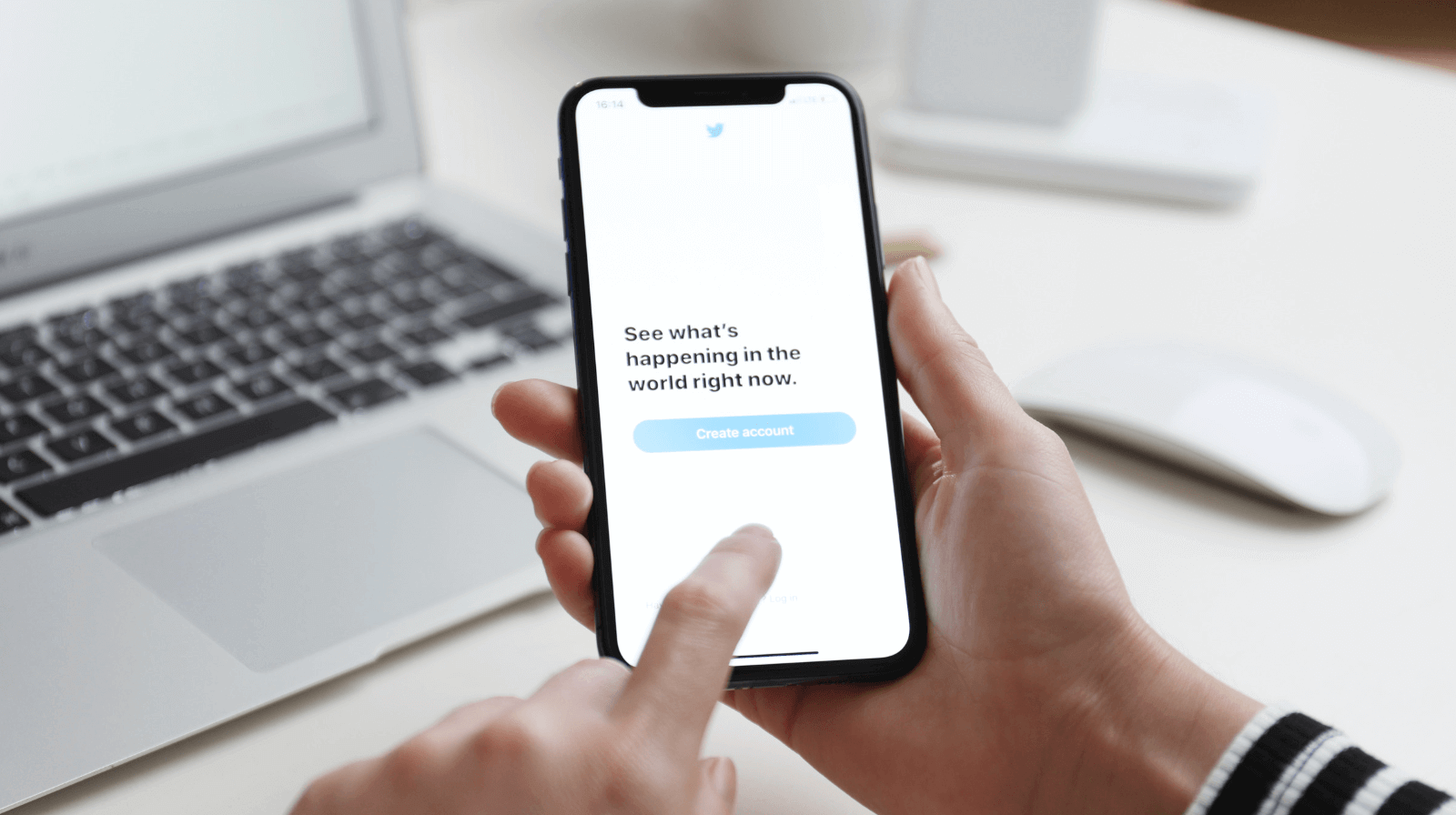Is it just me or is the internet looking less and less like this these days?
You get my drift: bold headlines, outrageous claims, flashing graphics, giant arrows…
Gone are the ugly sites like Geocities and MySpace and emerging in their place are a newer breed of website where design matters. A lot.
I’ll go so far as to say that for the first time in the history of the internet, design has become more important than content.
And, I’m not the only one noticing that the Web is getting prettier. (Thank g-d…)
Mindvalley — the online marketing and publishing powerhouse — now spends just as much time and money on design as they do on content.
That doesn’t mean all those hours you’ve spent agonizing over content — from web copy to blog posts — have been in vain.
It simply means that if you don’t have good, even great design, people aren’t going to stick around and read that content you’ve toiled over.
It’s a well-known fact that people form their first impression of you in just 3 seconds. If you don’t grab their attention in 3 seconds of landing on your site, they’re going to hit the back button and move on. You’re always just a single mouse click away from total oblivion. That’s right, you can lose a prospect forever in just 3 seconds.
Or you can hook them so they keep browsing…
So how do you do this?
Think for a moment about walking down the supermarket aisle…
What’s the first thing that jumps out? Bold graphics, color, contrast, shapes and fonts, right?
That’s because Step 1 in what’s called the “product reading sequence” – or how someone first experiences an unfamiliar product on the shelf – is to simply get noticed.
Step 2: Only after they notice your product, do they ask, “What is it? That’s when your business name and tagline come into play.
Step 3: If they’re still interested at this point, they’ll ask themselves,”Why should I care?,” at which point they’ll scan your video, copy or USP.
Step 4: Only then do they want more info to support the why-to-buy message.
Step 5: If you’ve made it through the first 4 steps, they’ll look into the detailed info such as features, price, guarantees, etc.
The problem is that so many of skip to step 4 or step 5 on our websites before we’ve even gotten noticed or let someone know who we are, what we do and why they should care. That’s why we lose people…
The trick to getting noticed in those first 3 seconds is your website branding or design.
The top 300 pixels of your website are prime real estate since they fall “above the fold” — in other words, this is what people see without having to scroll down.
Most people use this space for a gigantic logo and tagline and while a well-designed banner can help you get noticed through shape, color and contrast, it doesn’t always answer the question “What is it?” and “Why should I care?”. If your business name and tagline are right on the money, this could be enough. But most people need a little more to go on, especially since they don’t care about your company yet. They care about themselves — their needs, problems, frustrations and aspirations….
That’s why more and more websites are starting to minimize the top branding — using just a few simple graphics to draw attention — so it takes up just a third of this space. This gives them room to add additional graphics and a compelling opt-in offer that gets right to the heart of what their visitors are looking for.
Check out one of my most popular posts, Websites that Convert: Best Home Page Design for Building Your List, for examples of strong banners that attract attention and convert.
Remember, the average web page visit lasts less than a minute and most visitors read just a quarter of the text on any given page.
How can you beat the odds and get noticed?
Love it? Hate it? Let me know...
-
Marisa Murgatroyd is a social media genious!
-
Thanks David!
-
-
Yes, getting your Business noticed is all about a clean, catchy message that is customized to your Customers needs and wants. It must be eye catching and provoke an emotional trigger that involves what solves a problem or fills a need. Think like you are the customer and be the business that provides for them.
-
Great insights, Mitch! Thanks…
-



























Leave a Comment